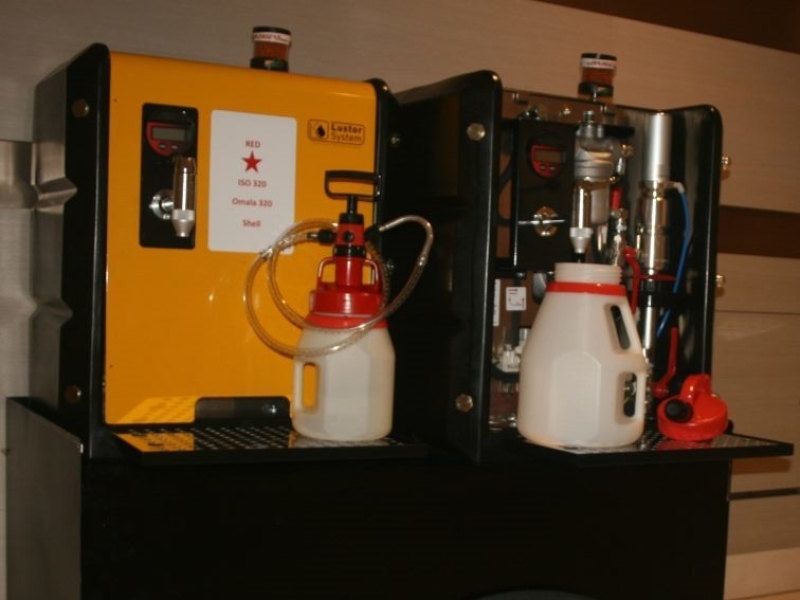Step No. 2. Sampling Strategy
Of all the factors involved in developing an effective program, sampling strategy has perhaps the single largest impact on success or failure. With oil analysis, the adage “garbage in, garbage out” definitely applies. While most oil analysis labs can provide advice on where and how to sample different components, the ultimate responsibility for sampling strategy must rest on the end user’s shoulders.
While bottom sampling can be useful in determining the presence of unusual levels of water, sludge and other debris, it is unlikely to yield any meaningful data from an oil analysis lab. Of course, sample strategy involves more than just sampling location. Sampling method and procedure, bottle cleanliness and hardware all factor into the sampling equation.
Perhaps second only to location in importance, is the provision of collateral information when the sample is submitted to the lab. For industrial equipment, as few as one sample out of 10 is submitted to the lab with appropriate information about oil type, hours on the oil, filter changes or the addition of make-up oil. Without suitable information, oil condition parameters such as viscosity or acid number cannot be compared to the new oil and trend analysis cannot be performed effectively.
Without exception, it is the responsibility of the end user to ensure that any and all pertinent information that can be used by the lab in the analysis and interpretation of the data be sent to the lab with each and every sample. Failure to do so simply means that the lab is guessing at whether or not any of the data is significant and should be flagged for attention.














